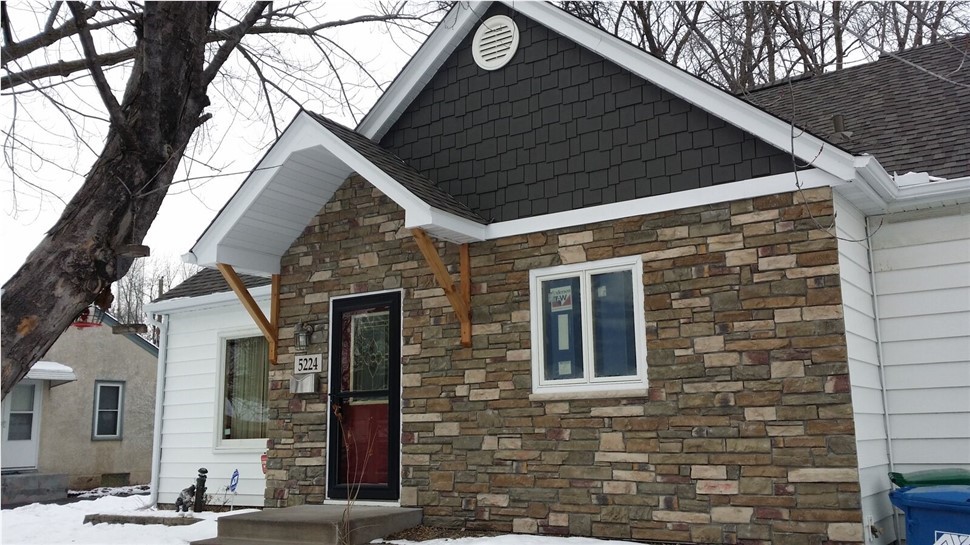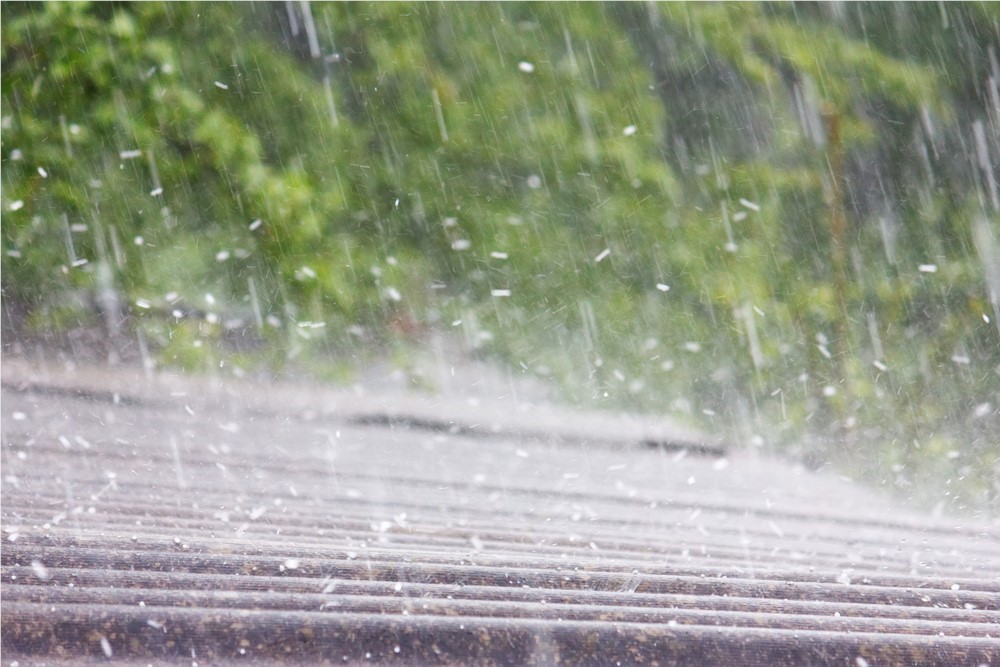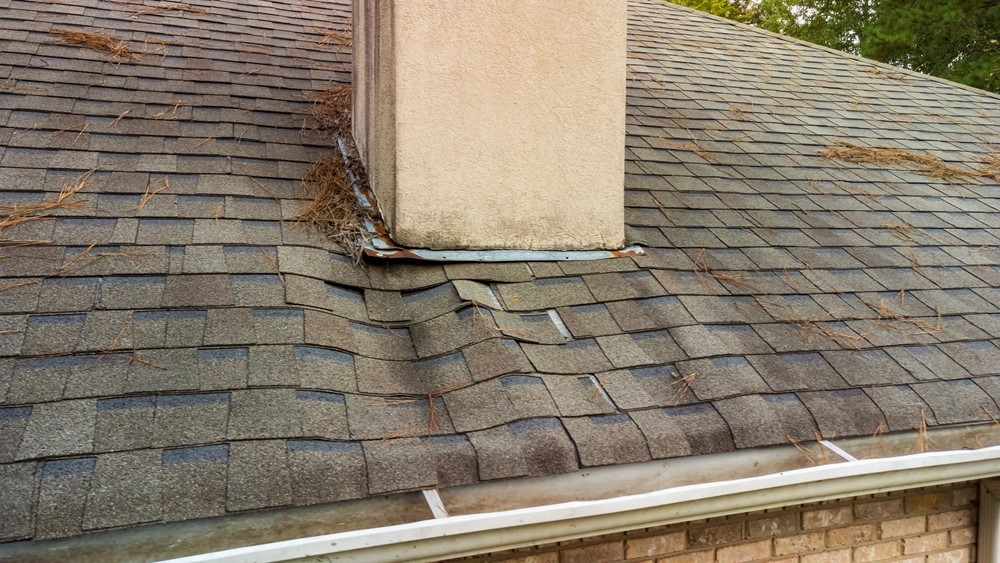Is There a Chance There Is Asbestos in Your Home's Exterior?
If you have an older home (built prior to 1980), you should be aware that asbestos was used in quite a number of building materials. There are many products that can have asbestos in them. Interior products contain spray insulation, ceiling and floor tiles, and pipe coatings. But asbestos was also used to manufacture a number of exterior building materials. These materials include:- roofing felt and underlayment (usage still permitted, despite most uses being outlawed)
- shingles and roof tiles
- paint
- roof coatings
- cement wallboard and siding
- some vapor barriers
- miscellaneous construction materials such as caulk, flashing, and adhesives
How can you tell if there is asbestos in your siding or roofing? You can't from simply looking at it. Materials must be tested. There are do-it-yourself kits you can purchase, but we don't recommend using this yourself. Even the act of scratching a small area for testing purposes can release fibers that might be inhaled.
While you can remove the asbestos material on your own, it is very dangerous to do so. It is not and never recommended that you remove these materials on your own, as it can be very, very dangerous to your health. And eve if you take proper protective measures, there are regulations that cover its disposal. Hiring someone who knows the specific ways to remove the material in the safest manner is the best way to go.
If you are looking at a siding or roofing project and you think asbestos might be involved in your existing materials, it's time to call in a licensed professional. And then once you get that old dangerous material removed, we can recommend a terrific, maintenance-free protective solution for your home, such as our seamless steel siding or our metal roofing.
Subscribe to Quarve Contracting's Blog







Comments